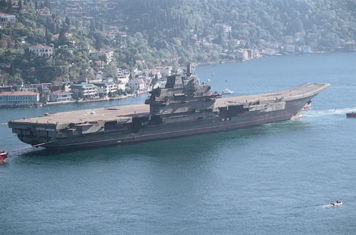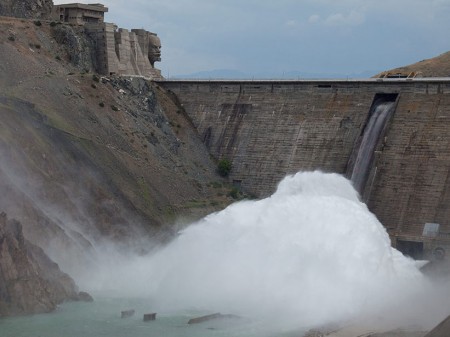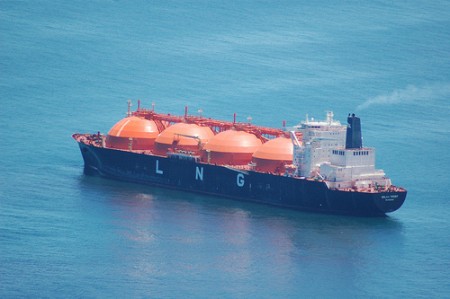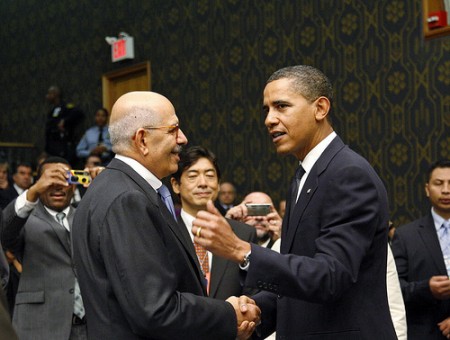
China commissioned its first aircraft carrier, the Liaoning, on September 25, 2012. It was a milestone that owes much to the vision of Admiral Liu Huaqing, who commanded the Chinese navy – formally the People’s Liberation Army Navy – from 1982 to 1988 and served as a vice-chairman of the Central Military Commission until 1997. In those positions, he helped shape China’s maritime outlook and shift its navy from a coastal defense force to one capable of projecting power into the western Pacific. Liu argued that for the navy to fully transform it had to have an aircraft carrier. Ultimately he prevailed over resistance from the army and within his own service, though he did not live to see the Liaoning underway at sea.
While the aircraft carrier is not a revolutionary combat platform today, it remains symbolic of a navy that has reached the world’s first rank. Since China accelerated its naval modernization in the 1990s, its shipyards have produced scores of new vessels that range from nuclear-powered ballistic missile submarines to amphibious assault ships. And over that time, Chinese naval engineers have had many opportunities to study aircraft carrier design—including decommissioned foreign aircraft carriers that Chinese entities acquired as well as the information gleaned from various exchanges. In one such exchange in 1995, Spain’s Empresa Nacional Bazan, which built the light aircraft carrier Chakri Naruebet for Thailand, offered China plans for a similar ship. Chinese officials also inspected and received bids for other retired aircraft carriers, such as France’s Clemenceau in 1996 and Argentina’s Vienticinco De Mayo in 1997.




